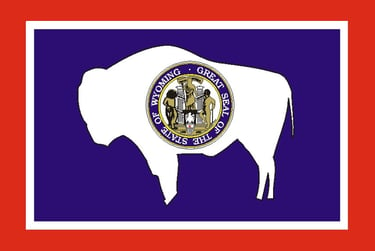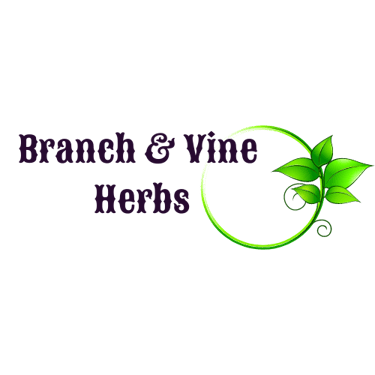Dandelion and your liver
This is my 1st Blog post! Welcome and read a little as I describe one of my favorite spring and summer plants to forage.
HERB OF THE MONTH
Carol S.
5/30/20255 min read
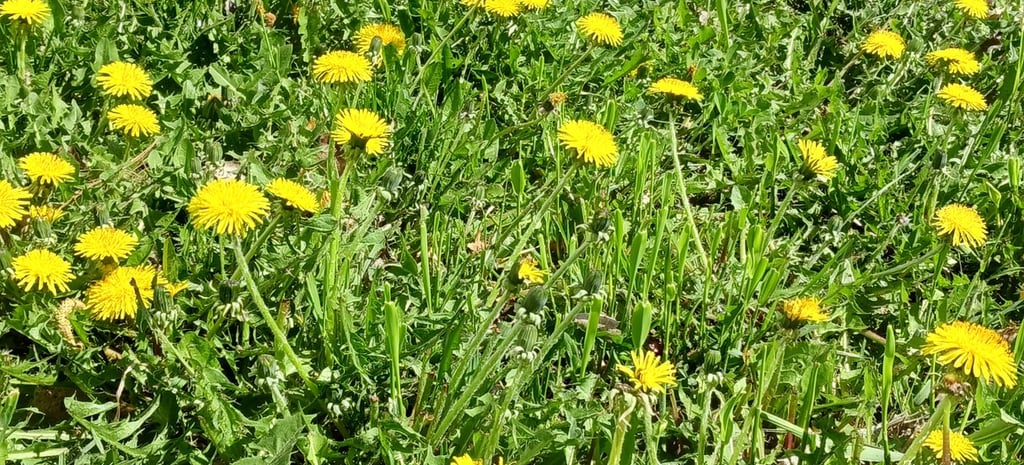

Hi there! I'm so excited to start a series of blogs that will focus on one herb per month, usually an herb that is growing or especially useful around that particular month. I wanted to post this blog in the beginning of May, but better late than never...
This first post focuses on spring cleaning, not of your house, but of your body. Just like cleaning your house in the spring to rid it of dust, smells, and stagnation, we really benefit from cleaning our bodies from all the heavy foods, sugar, and toxins we ingest during the winter months (I'm thinking dozens of Christmas cookies and fudge!). And the spring is not only the perfect time to clean our systems as we start to think about shorts and bathing suit season, but it's also the time when herbs such as Burdock, Dandelion, and Oregon Grape are starting to grow. God sure times things perfectly. These herbs, along with others, are part of a family of herbs called Alteratives. Alteratives change the condition of the blood for the better; they are blood purifiers. Now, before I talk about my favorite Alterative, the Dandelion, I need to explain why blood purifiers are so important, especially in the spring and fall.
Your liver is considered the main detoxifier; it is responsible for the condition of our blood and the flow of energy in our bodies. It's other jobs include:
Manufacturing blood clotting chemicals
Produces and stores glycogen (glucose needed by your brain and muscles)
Stores all fat soluble vitamins and metabolizes other vitamins
Manufactures bile to absorb and digest fat
Helps metabolize proteins, carbs, and minerals
Digests worn out red blood cells and some bacteria
Deactivates and balances hormones
Cleans our systems of environmental toxins and metabolic waste (removes toxins from our blood)
Transforms all ingested material so that it can be utilized by our bodies in the best way
I'll try to make this simple and short: when we put toxins in our bodies (such as junk food), our liver has to work overtime to clean up and remove those toxins from our blood. The more toxins we ingest, the harder the liver has to work. When the liver gets overtaxed, that's when problems arise. We see health issues such as:
Skin problems (acne, eczema, psoriasis, rashes, etc)
Digestive issues (chronic gas, ulcers, constipation, etc)
Hormone imbalances (PMS, menstrual difficulties, reproductive issues)
Kidney and urinary tract problems
Liver malfunction such as hepatitis and jaundice
Now enter the Alteratives. They are there to help support your liver and it's functions and have been used for centuries by Native Indians. These herbs are rich in vitamins, minerals, and trace elements and provide nutrition for the liver. Most of them contain a bitter compound that activates and stimulates the liver. The more bitter the herb, the better it works. Folks here in North America aren't too keen on bitter foods, but people have used them for a long time. Europeans use them before a meal to kick-start the bile production and ready the digestive juices. This helps your body to digest foods better. Digestive bitters are similar to an aperitif, and many aperitifs contain bitter herbs in them.
My favorite herb this time of year is the hardy dandelion. Many people try to mow this bad-boy down and rid their carpet-like lawns of it. But the dandelion is one of God's most valuable herbs. It is super easy to identify, making it one of the easiest for beginner foragers and kids to find and harvest. This is usually the 1st edible plant to emerge in the spring.
Dandelion is used both as a food and as medicine.
Food. It is full of Vitamins A, B, C, D, iron, potassium, calcium, inulin, magnesium, and carotenoids. The leaves can be eaten raw in salad, but they can have a slight bitterness, so it’s best to combine them with milder salad greens such as lettuce. They can also be sauteed or steamed for a healthy side dish. To remove the bitter taste, the leaves can be soaked in saltwater for 30 minutes before adding to salads. The flowers are often made into dandelion wine or jam. A fun treat for kids is to cut them with the green base still attached, then dip them in pancake batter and fry them up. Don’t eat the green base though, unless your very adventurous – it’s not too tasty. Flowers can also be sauteed in butter with some garlic. The roots are often used to make “coffee” either alone or with chicory root. You won’t find any caffeine in this drink, but the flavor is bitter and rich like coffee and has helped many wean themselves off of their daily caffeine kick. The root can also be chopped fresh and added to stews, soups, and stir-fries.
Medicinal. In addition to the leaves, the root can be used as a liver tonic, and can be harvested all summer. Most roots are best harvested in the fall or spring though, and that coincides with cleaning your liver during those times. Doing a liver cleanse in the fall helps to prepare your system for heavier foods like stews, cream-based meals, and more meat.
The stalks contain a milky substance that can help rid the skin of warts. Apply it directly on a wart daily for a couple weeks to see results.
Harvest. The best time to harvest leaves is in early spring, before the flowers appear. The leaves are still tender and less bitter. If you wait until the flowers bloom and go to seed, the leaves won’t taste as good. The same is true with the root. Harvest roots in fall, cut and dry them, then grind them for use as a coffee. If you’re using them in a tea, just cutting them into little pieces and drying will work fine. You can dig up roots all winter, however the longer you wait, the more bitter and tough they will be. Leaves can also be dried and made into an herbal tea, or tisane. Both roots and leaves can be made into a tincture for long-term storage.
I hope this helps you on your journey towards good, natural health. God has given us so many wonderful plants to use as food and medicine. Some are easier to identify and obtain, like dandelions, while others are a little harder and require more research and experience. I’m going to share a recipe that’s in one of my foraging books. I think most of us love bacon, so this will probably be a keeper in my opinion.
Bacon Fried Greens
(breakfast)
Harvest 1 cup young dandelion shoots, stalks, and leaves. Wash in cold water to remove dirt. Chop roughly into strips and steam in a steamer or skillet for about 7 minutes until just wilted. Set aside.
Cook bacon in a heavy skillet. When bacon begins to crisp, remove it and set aside, leaving about 2 tablespoons of bacon grease in pan.
Add steamed greens to the skillet and pan-fry on high heat until just beginning to crisp but not burn. Remove from heat; add crumbled bacon and some fresh-ground black pepper. Serve on a bed of warm rice with a dash of soy sauce and sprinkle of flax seeds.
*Taken from Foraging the Rocky Mountains by Liz Brown Morgan, page 58
*These statements have not been evaluated by the Food and Drug Administration. The products stated are not intended to diagnose, treat, cure, or prevent any disease. For educational purposes only.
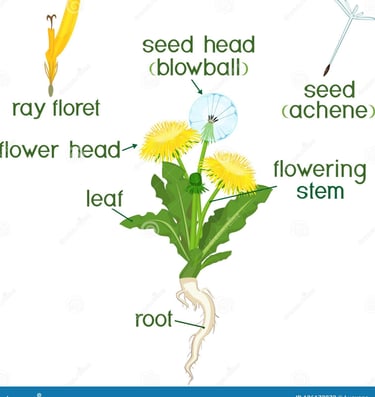


Carol Stoltenburg
919 N. Main St.
Buffalo, WY 82834
(307)217-2995
info@branchandvineherbs.net
www.branchandvineherbs.net
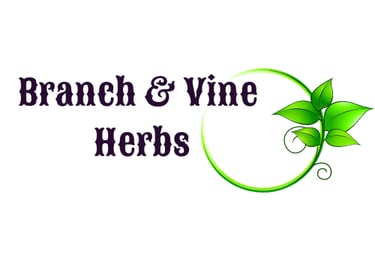

Branch & Vine Herbs is a Wyoming-proud small business. We partner with other small businesses and home-based folks to provide our customers with wonderful products made here in our beautiful state. Products made, grown, or harvested from local homes are sold under Wyoming's Food Freedom Act.
